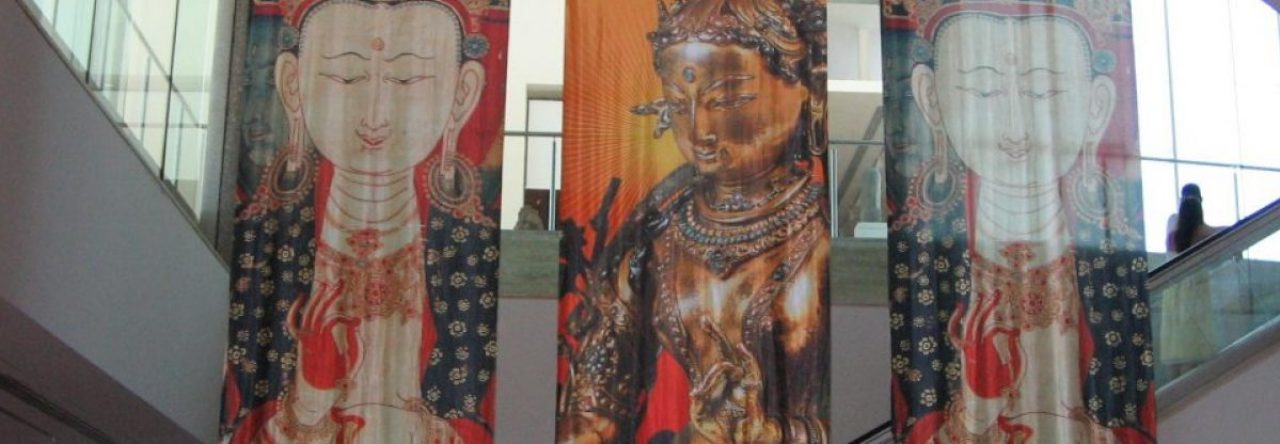Humans seem to miss that language is not created by culture. It’s nature (as us) which has generated language and culture. The following is a more elegant, robust view of the situation:
“We can certainly say that the natural world (which includes human languages) is mannerly, shapely, coherent, and patterned according to its own devices. The four thousand or so languages of the world model reality each in their own way (following Whorfian theories of the deep effects of each language on world-view) — with patterns and syntaxes that were not invented or created by anyone — organically evolved wild systems whose complexity eludes the descriptive attempts of the rational mind.” – Gary Snyder, Language Goes Two Ways. Kyoto Journal. November 5, 2011
